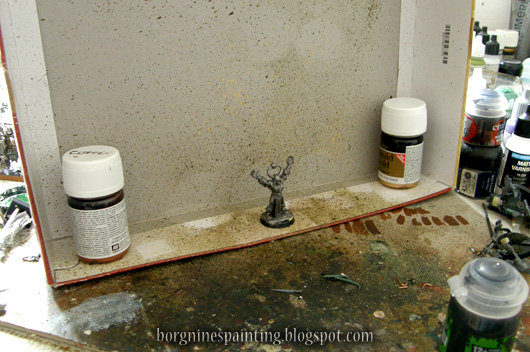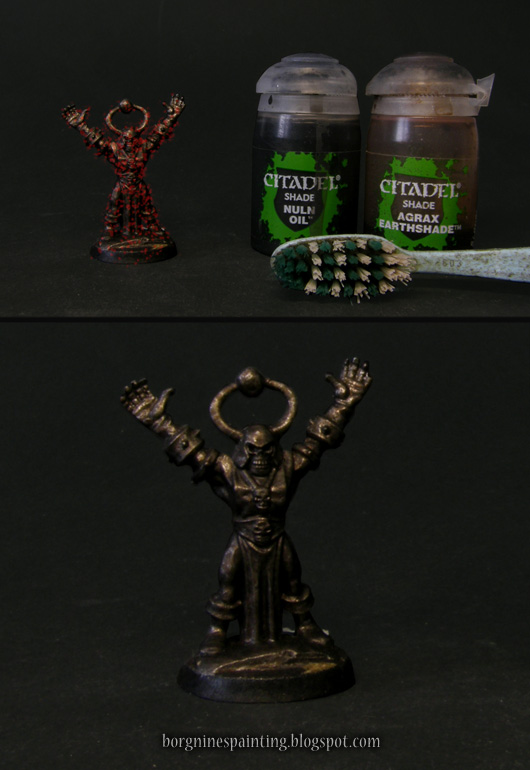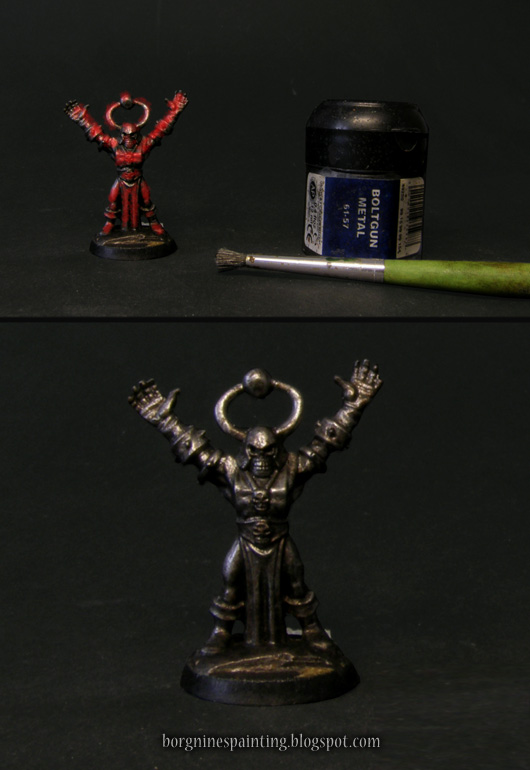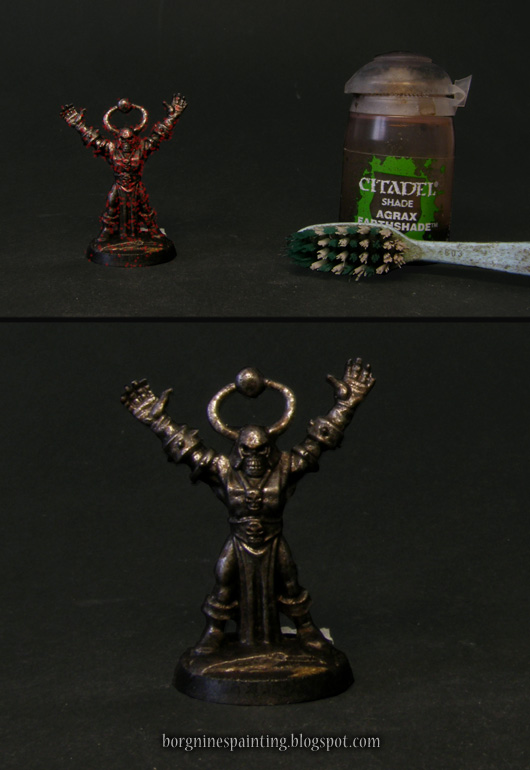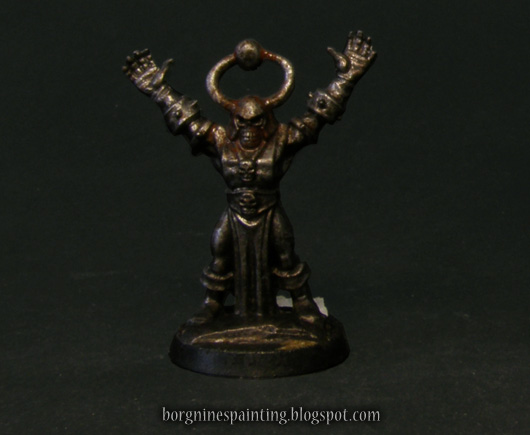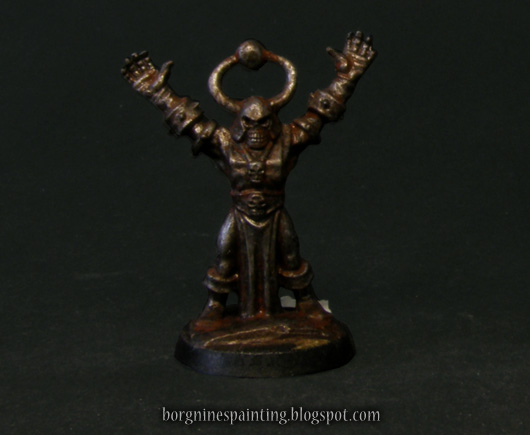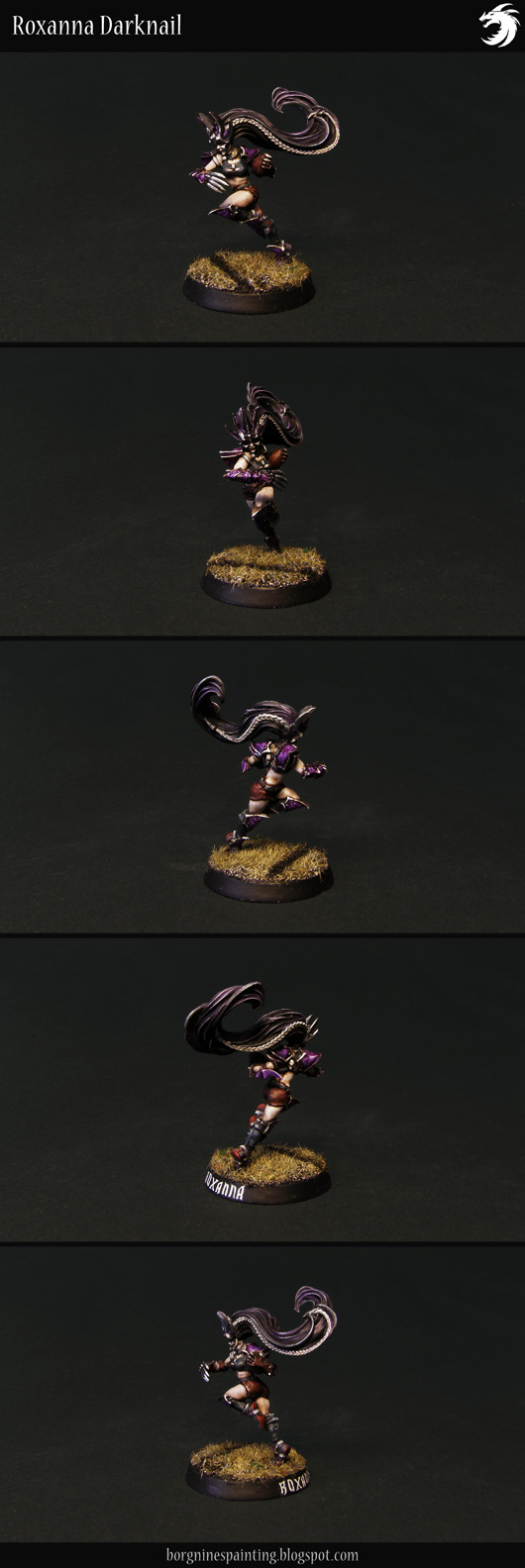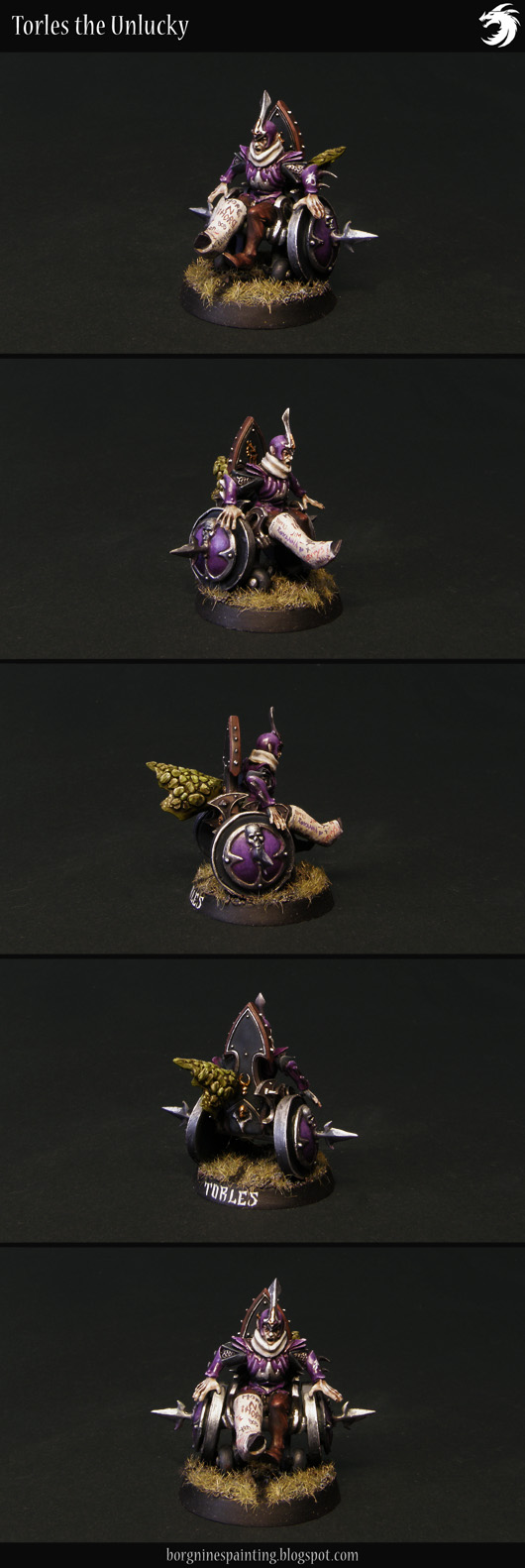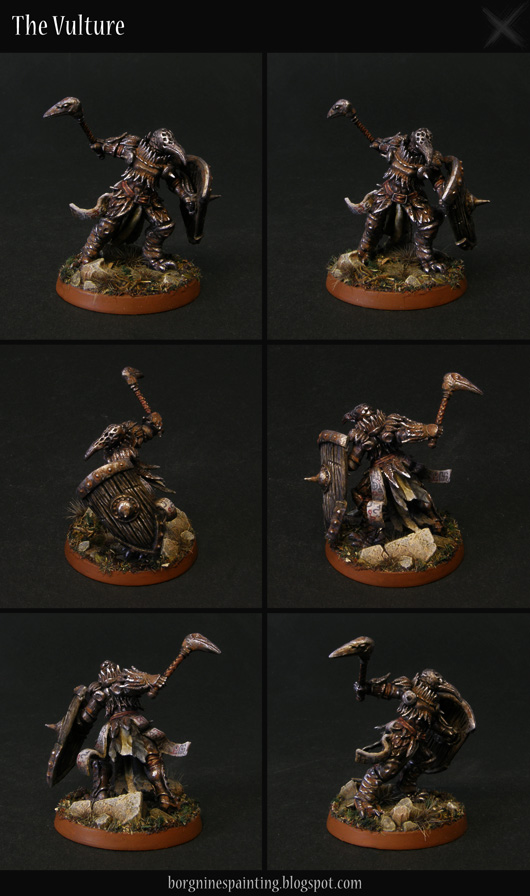Time has come to finally get this project started, after years of slowly planning it and gathering bits: kitbashed wight bogatyrs (heroes), because those are always fun! Here they are all together, below I will explain every one of them and how they came to be.
Now, the singular heroes. The one that started it all is Yarema, the bodyguard giant.
The whole concept for him came from this cape - I saw it on an auction site long time ago and bought it to kitbash a wight, mostly because other undead heroes had similar capes, like Zlyshko or Kiril. Then, when it came, I realized how big are space marine capes! It barely fits on a 20x20mm base, but I didn't want to cut it or change too much, so I created a whole character around it - an imposing giant of a wight known for bodyguarding ancient kings and princes.
I wanted to use some other bits to build his body, but they were all too small, so I had to sculpt him mostly from scratch. His head is also made out of one of those older skulls, ones which were much bigger - I tried using a modern skull, but with that giant torso and cape, his proportions were becoming comical. Interestingly enough, his hands were taken from a TK charioteer, a miniature that was laying around in my drawer for more than 12 years now! It's good that his parts have found some purpose.
EDIT: The painted miniature can be seen HERE.
The whole concept for him came from this cape - I saw it on an auction site long time ago and bought it to kitbash a wight, mostly because other undead heroes had similar capes, like Zlyshko or Kiril. Then, when it came, I realized how big are space marine capes! It barely fits on a 20x20mm base, but I didn't want to cut it or change too much, so I created a whole character around it - an imposing giant of a wight known for bodyguarding ancient kings and princes.
I wanted to use some other bits to build his body, but they were all too small, so I had to sculpt him mostly from scratch. His head is also made out of one of those older skulls, ones which were much bigger - I tried using a modern skull, but with that giant torso and cape, his proportions were becoming comical. Interestingly enough, his hands were taken from a TK charioteer, a miniature that was laying around in my drawer for more than 12 years now! It's good that his parts have found some purpose.
EDIT: The painted miniature can be seen HERE.
Next one is the fearless heroine, Drachitsa the Dragonslayer.
Similarly to Yarema above, her whole concept started with the cape - I bought several of those because of the potentially-useful dragonskin texture and those high collars. After getting them I came up with the idea of another wight hero who would drape themselves in the skin, to create some kind of monster-slayer - because it's both a good concept for a wargame character and because it's such a well-known trope for a fairy-tale hero of old. Her legs were taken from the same charioteer that gave his arms to Yarema.
EDIT: The painted miniature can be seen HERE.
Similarly to Yarema above, her whole concept started with the cape - I bought several of those because of the potentially-useful dragonskin texture and those high collars. After getting them I came up with the idea of another wight hero who would drape themselves in the skin, to create some kind of monster-slayer - because it's both a good concept for a wargame character and because it's such a well-known trope for a fairy-tale hero of old. Her legs were taken from the same charioteer that gave his arms to Yarema.
EDIT: The painted miniature can be seen HERE.
Then, the standard bearer, Vekoslav.
I used here the single only Vampire Counts model ever released by Forge World, a Battle Standard Bearer. The model is nice, well made and I didn't want to convert it in any way, but the standard with sculpted vampiric iconography was a bit problematic - not fitting in any way with my other wights. The simplest solution would be to file it all smooth and cover it with freehands as I always do with those dusty skeletons, but I already had standards like that and this one should stand out as THE most important one in the whole army.
To achieve that, I decided to give it an additional dimension - instead of yellow markings on a black background, I will have a separate golden sigil hanging in front of a black flag. Wanting to push it even further, I dug up Nagash's unused hand, one with the ghost springing out of it and mounted it on top of the standard. This will be kind of a more reserved version of another Battle Standard Bearer I did in the past.
I used here the single only Vampire Counts model ever released by Forge World, a Battle Standard Bearer. The model is nice, well made and I didn't want to convert it in any way, but the standard with sculpted vampiric iconography was a bit problematic - not fitting in any way with my other wights. The simplest solution would be to file it all smooth and cover it with freehands as I always do with those dusty skeletons, but I already had standards like that and this one should stand out as THE most important one in the whole army.
To achieve that, I decided to give it an additional dimension - instead of yellow markings on a black background, I will have a separate golden sigil hanging in front of a black flag. Wanting to push it even further, I dug up Nagash's unused hand, one with the ghost springing out of it and mounted it on top of the standard. This will be kind of a more reserved version of another Battle Standard Bearer I did in the past.
And the last one, Drazhan the Younger, the wight construct-architect.
This one will be my version of a Necrotect from the Tomb Kings armybook. Original GW miniature of him is equipped with a whip - and while I think it fits the image of ancient Egypt that TK had, it didn't fit in any way in my army. I wanted him to be a sculptor and a constructor, so I gave him a hammer, a fancy hat (inspired by the hat of the TK Necrotect) and a pointing hand - now he should look like the responsible, authoritative person on the construction site. The base for this kitbash was one of the skeletons that came with the Necrosphinx kit - both because the pose and proportions were good for this purpose and because it reflects his TK roots. He will be also a narrative excuse to build more constructs for this faction - I have a lot of ideas for those!
EDIT: The painted miniature can be seen HERE.
This one will be my version of a Necrotect from the Tomb Kings armybook. Original GW miniature of him is equipped with a whip - and while I think it fits the image of ancient Egypt that TK had, it didn't fit in any way in my army. I wanted him to be a sculptor and a constructor, so I gave him a hammer, a fancy hat (inspired by the hat of the TK Necrotect) and a pointing hand - now he should look like the responsible, authoritative person on the construction site. The base for this kitbash was one of the skeletons that came with the Necrosphinx kit - both because the pose and proportions were good for this purpose and because it reflects his TK roots. He will be also a narrative excuse to build more constructs for this faction - I have a lot of ideas for those!
EDIT: The painted miniature can be seen HERE.









